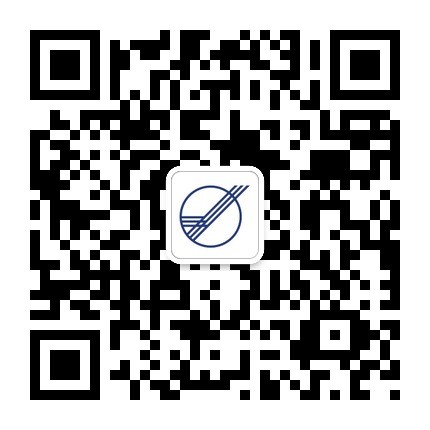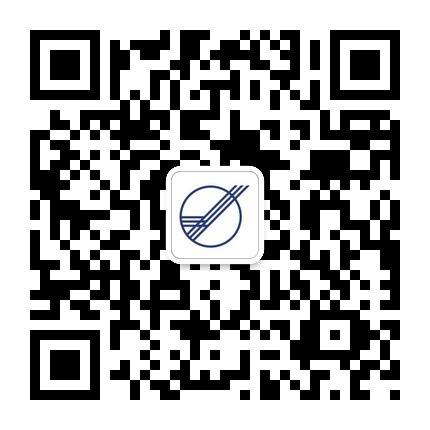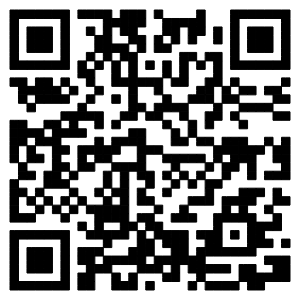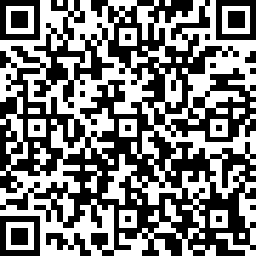
 {{_.$tools.formatDate(item.publishTime, 'yyyy-MM-dd')}} {{item.title}}
{{_.$tools.formatDate(item.publishTime, 'yyyy-MM-dd')}} {{item.title}} 
Macao participates in ICAO's Universal Safety Oversight Audit Programme

Macao participates in ICAO's Universal Safety Oversight Audit Programme 2009-03-16
With the objective of ensuring the safety of international aviation, the International Civil Aviation Organization (ICAO) has since 1995 carried out the Universal Safety Oversight Audit Programme (USOAP) which is an audit activity conducted on its 190 member states of the Convention on International Civil Aviation (or the Chicago Convention), using the comprehensive systems approach. As part of China, the Special Administrative Regions of Hong Kong and Macao are not Contracting States and were not included in the scope of audit conducted to China in March 2007. Despite this, in order to enhance the level of safety management so as to contribute more to the air transport development of Macao, the Civil Aviation Authority of Macao SAR (AACM) initiated its wish to ICAO in early 2008 for participating in the audit. In accordance with the Memorandum of Understanding signed between AACM and ICAO on 15 December 2008, the audit was carried out by ICAO from 9 to 16 March 2009 in Macao.
The opening session of the audit was held on 9 March 2009 which was attended by AACM’s audit coordination group, representatives from the local aviation operators and the government bodies related with the industry, as well as ICAO’s audit team composing of 5 members. The ICAO audit team provided a brief explanation of the audit’s comprehensive systems approach, and reviewed and explained the scope and the conduct of the audit. AACM gave a detailed presentation on the SAR political structure, Macao aviation industry, Macao legal system, Macao aviation laws ad regulations, AACM’s organization and functions, and AACM’s preparation for USOAP.
The ICAO audit team was split up into sub-groups. The scope of their work was to check the implementation of 16 safety-related Annexes of the Convention on International Civil Aviation by Macao, including legislation and regulation, organization and safety oversight functions, personnel licensing, aircraft operations, airworthiness of aircraft, air navigation services, aerodromes, accident and incident investigation and so on, based on the 8 critical elements of a State’s safety oversight system comprising 1) legislation, 2) regulations, 3) organization, 4) technical staff qualification and training, 5) technical guidance and tools, 6) licensing, certification and approval, 7) continuous surveillance and 8) resolution of safety concerns, which were defined in ICAO’s Safety Oversight Manual.
In order to better determine Macao’s capability for safety oversight, the audit team also paid visits to some of the local aviation operators including Air Macau Company Ltd., VIVA Macau, Administration of Airports, Ltd., AirTech as well as the airport fire station of the Fire Services Bureau, the aeronautical medical centre of the Health Services Bureau, the airport meteorological centre of the Meteorological and Geophysical Bureau, the air traffic control tower and the flight information dispatch office of Macau International Airport and so on, in which both parties exchanged views on issues relating to this audit activity.
The 8-day audit was concluded on 16 March 2009 on which day the closing session was held and attended by the Secretary for Transport and Public Works, Mr. Lau Si Io. In the closing session, the ICAO audit team provided a brief explanation of the preliminary audit results which indicate a satisfactory remark on Macao’s overall capability for safety oversight. The audit team praised Macao for its legislation and regulation in safety oversight, and agreed that AACM carried out its oversight work on airline operations and maintenance of aircraft in compliance with ICAO Standards and Recommended Practices. Apart from this, the audit team gave recommendations on further improving the legislation of accident and incident investigation, aerodrome certification and the making of a State Safety Programme. Other recommendations were the improvement in the safety oversight of certain air navigation services, the training of technical personnel and so on. In addition, the audit team was also satisfied with the work of those organizations visited by them during the audit period.
The interim audit report will be completed and sent to AACM in three months. Upon receiving the interim report, AACM will be given a period of 2 months to submit explanations or a corrective action plan to ICAO on those items that were marked as ineffective implementation. ICAO will then analyse the information and work on the draft final report which will also be sent to AACM for final comments. Upon receiving the final comments from AACM, ICAO will conclude the final report which will be publicized in ICAO’s intranet in December this year.
AACM paid focused attention to the preparation for USOAP. A coordination group was set up in early 2008 composing members from relevant internal departments. Plans were devised on how to improve the safety oversight work, including the continuous improvement on regulation, standards and procedures to comply with the standards and recommended practices of ICAO. The coordination group held regular meetings to check AACM’s compliance with the Annexes of the Convention on International Civil Aviation. Simulated internal audits were conducted to find out and correct any inefficiency. Participation in the seminars held by ICAO on safety oversight audits as well as inviting experts on relevant field to Macao to hold seminars to the industry on understanding the scope and the conduct of USOAP were among others carried out by AACM to better prepare for this audit.
The local aviation operators and the government bodies related with the industry attending the opening session were the Fire Services Bureau, the Harbour Authority, the Meteorological and Geophysical Bureau, Air Macau Company Ltd., VIVA Macau, East Asia Airlines Ltd., JetAsia Ltd., CAM-Macau International Airport Company Ltd., Administration of Airports Ltd., Menzies Macau Airport Services Ltd. and AirTech.
The audit activities of USOAP started in 1999 at which time the scope of the initial audit only focused on 3 Annexes of the Convention on International Civil Aviation, namely personnel licensing (Annex 1), aircraft operations (Annex 6) and airworthiness of aircraft (Annex 8). The follow-up audit started in 2001 in order to verify the implementation of the corrective action plan submitted by the Contracting States. AACM participated in both the initial audit and the follow-up audit. The results of both audits indicated the effective implementation of the Authority to be 79% (initial) and 95% (follow-up), compared to the average worldwide results of 67.4% (initial) and 82.5% (follow-up).
At the 36th Assembly of ICAO held in 2005, the Assembly decided to adopt the comprehensive systems approach for conducting USOAP, changing from the original individual annex approach for auditing Annex 1, Annex 6 and Annex 8 of the Convention on International Civil Aviation to the comprehensive systems approach for auditing the 16 safety-related annexes of the Convention. Since the comprehensive systems approach has been adopted, the audit activity has brought positive impact on international civil aviation and has then become an important means of assessing State capability in safety oversight.
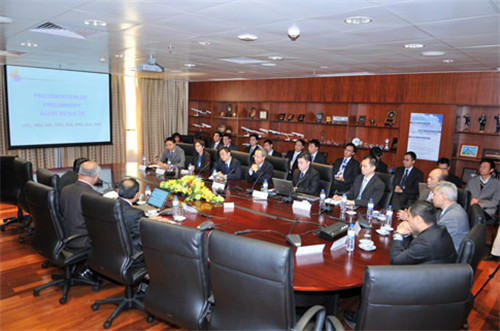
On 16 March 2009, the Civil Aviation Authority of Macao SAR and the International Civil Aviation Organization held the closing session of the Universal Safety Oversight Audit Programme which was carried out in Macao last week. The Secretary for Transport and Public Works of Macao SAR, Mr. Lau Si Io, attended the closing session.















